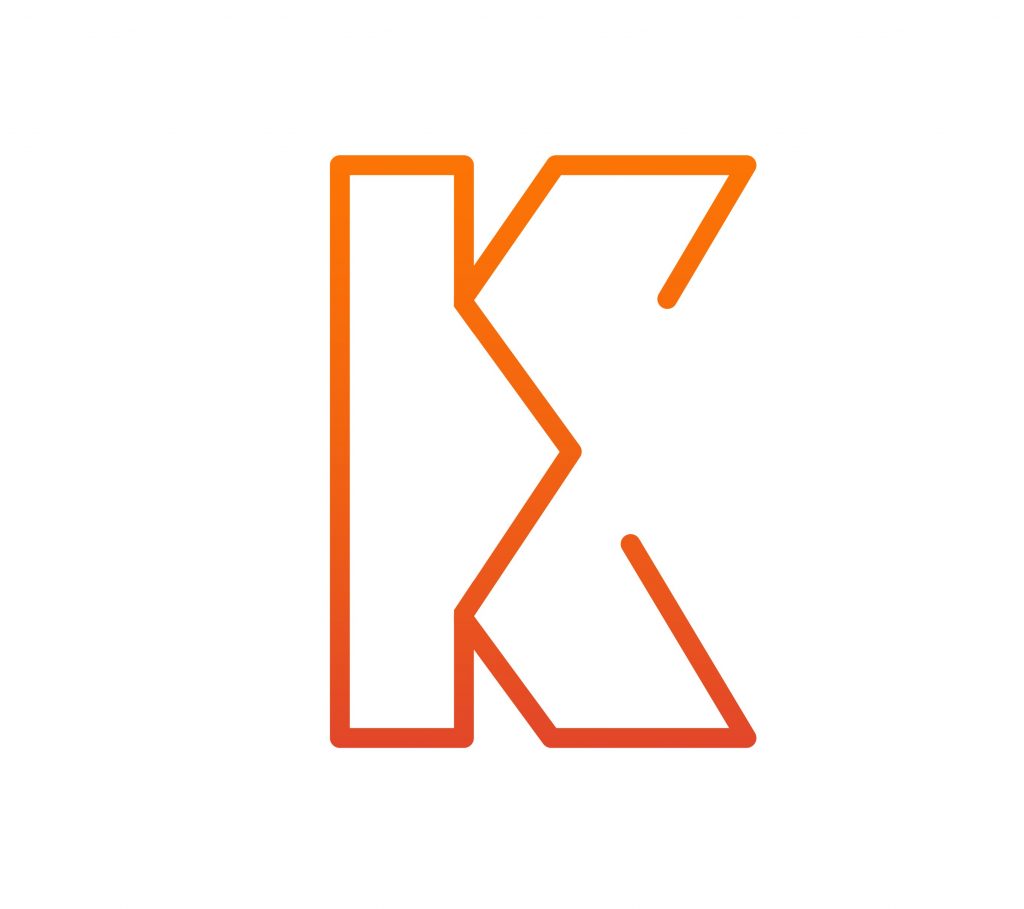Data, they say, is the new oil of the digital age. It powers innovation, drives decision-making, and fuels the growth of industries worldwide. However, raw data is like a jigsaw puzzle with missing pieces - it holds tremendous potential, but without proper organization and structure, its true value remains untapped. This is where data labeling, also known as data annotation comes into play, serving as the vital bridge between raw data and actionable insights.
What is Data Labeling?
Data labeling is the process of assigning meaningful and accurate tags, annotations, or labels to raw data, transforming it into a structured and annotated dataset. Whether it's images, text, audio, video, or any other form of unstructured data, the process of data labeling adds context, clarity, and relevance, enabling machines to learn, understand, and make accurate predictions.
Data labeling is the secret sauce that powers a wide range of cutting-edge technologies such as machine learning, computer vision, natural language processing, and more. By providing labeled data, organizations can train AI models to recognize patterns, classify objects, extract information, and even generate human-like responses.
The Importance of Data Labeling
Accurate and high-quality data labeling is paramount in various fields, including computer vision, natural language processing, and speech recognition. Without proper labeling, algorithms and models would struggle to make sense of the data they receive, leading to inaccurate predictions and suboptimal performance.
Data labeling provides context, enabling algorithms to identify objects in images, recognize speech patterns, understand sentiment in text, and much more. It empowers machines to learn and generalize from labeled examples, enhancing their ability to process unstructured data and perform complex tasks with precision.
Types of Data Labeling
1. Image and Video Annotation
Image and video annotation involve labeling objects, regions, or events within images or video frames. It encompasses tasks such as object detection, instance segmentation, semantic segmentation, and bounding box annotation. Data labelers use various techniques like polygon annotation, point annotation, and landmark annotation to create accurate and detailed annotations for visual data.
2. Text Annotation
Text annotation focuses on labeling and tagging specific elements within textual data. Named entity recognition, sentiment analysis, part-of-speech tagging, and intent classification are some examples of text annotation tasks. By labeling and categorizing different aspects of text, data labeling services enable algorithms to comprehend and extract meaning from written content.
3. Audio Annotation
Audio annotation involves labeling and transcribing spoken words or sounds within audio data. Speech-to-text transcription, speaker diarization, and audio event classification are common audio annotation tasks. By assigning labels to audio segments, data labeling services enable algorithms to understand and process spoken information, opening doors for applications like voice assistants and automatic transcription services.
The Process of Data Labeling
Data labeling is a meticulous process that requires human expertise and careful attention to detail. While some organizations choose to label data in-house, others rely on professional data labeling services to ensure accuracy and scalability. Here are the general steps involved in the data labeling process:
- Data Collection: The first step is gathering the raw data that needs to be labeled. This can involve acquiring datasets from various sources or generating new data through specific means like data augmentation techniques.
- Annotation Guidelines: Defining clear annotation guidelines is crucial to ensure consistency and quality across labeled data. These guidelines outline how annotators should label different elements within the data.
- Annotation Tools: Data labeling often requires specialized tools that facilitate efficient and accurate annotation. These tools provide an interface for annotators to label data according to the defined guidelines.
- Annotation Process: The actual labeling process begins, with annotators applying the defined labels to the data using the annotation tools. This step requires expertise, attention to detail, and continuous quality control to maintain accuracy.
- Review and Iteration: After the initial labeling, a review process is conducted to ensure the quality and consistency of the annotations. Any necessary corrections or improvements are made, and the data goes through multiple iterations if needed.
- Validation: Labeled data is validated against predefined metrics or ground truth to assess its quality and accuracy. This step ensures that the labeled data meets the required standards for training and evaluation.
- Integration and Model Training: The labeled data is integrated into the training pipeline, where it serves as the foundation for training machine learning models. The models learn from the labeled data to make predictions and perform tasks based on the provided annotations.
The Benefits of Data Labeling Services
Data labeling services offer several advantages over in-house labeling efforts. Here are some key benefits:
- Expertise: Data labeling services employ skilled annotators who are trained in specific annotation techniques and guidelines. Their expertise ensures high-quality and accurate annotations.
- Scalability: Data labeling services can handle large volumes of data, allowing organizations to label vast datasets quickly and efficiently. This scalability is crucial for training robust machine learning models.
- Flexibility: Data labeling services can handle diverse data types, ranging from images and text to audio and video. They adapt to specific annotation requirements, tailoring the labeling process to suit different use cases.
- Cost-efficiency: Outsourcing data labeling to specialized services can be cost-effective compared to building an in-house annotation team. It eliminates the need for investing in infrastructure, tools, and ongoing training.
High-quality Data Labeling Services at Kotwel
Kotwel is a trustworthy data service provider, offering high-quality Data Labeling Service for Machine Learning and AI. At Kotwel, we can help you with AI data labeling tasks for text, audio, image and video datasets.
Kotwel is a reliable data service provider, offering custom AI solutions and high-quality AI training data for companies worldwide. Data services at Kotwel include data collection, data labeling (data annotation) and data validation that help get more out of your algorithms by generating, labeling and validating unique and high-quality training data, specifically tailored to your needs.




